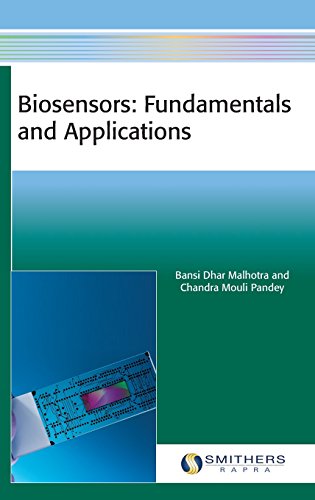

Most ebook files are in PDF format, so you can easily read them using various software such as Foxit Reader or directly on the Google Chrome browser.
Some ebook files are released by publishers in other formats such as .awz, .mobi, .epub, .fb2, etc. You may need to install specific software to read these formats on mobile/PC, such as Calibre.
Please read the tutorial at this link: https://ebookbell.com/faq
We offer FREE conversion to the popular formats you request; however, this may take some time. Therefore, right after payment, please email us, and we will try to provide the service as quickly as possible.
For some exceptional file formats or broken links (if any), please refrain from opening any disputes. Instead, email us first, and we will try to assist within a maximum of 6 hours.
EbookBell Team

5.0
38 reviewsBiosensors have emerged recently as an interesting field of research owing to a plethora of applications in our daily lives, including food and process control, environmental monitoring, defence, and clinical diagnostics.
This update on Biosensors: Fundamentals and Applications focuses on the state-of-the-art of biosensor research and development for specialists and non-specialists. It introduces the fundamentals of the subject with relevant characteristics of transducer elements, as well as biochemical recognition molecules.
Different techniques for biomolecule immobilisation, the interaction of biomolecules with the sensor surface, and the interfacial properties are treated comprehensively with respect to their impact on the performance of a biosensor.
This book presents the current trends and developments in different nanomaterials and polymers involved in biosensor fabrication. The relative advantages and challenges of biosensor fabrication, along with the emerging paradigms and techniques that facilitate molecular-level detection in nanosensor devices, are discussed in depth.